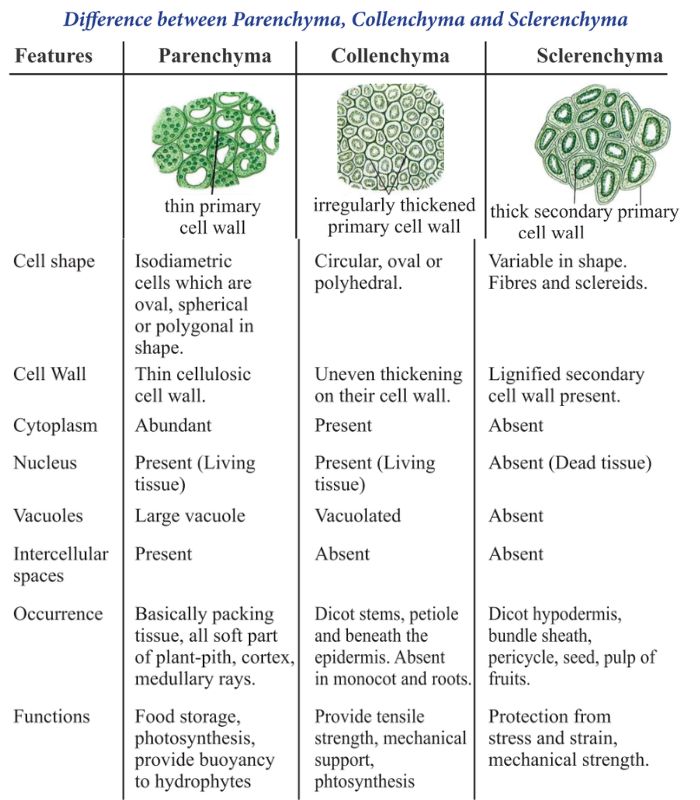Stomata are tiny pores found on the surfaces of leaves and stems. Their main functions include:
- Facilitating gas exchange: Stomata allow for the intake of carbon dioxide (CO2) for photosynthesis and the release of oxygen (O2) produced during photosynthesis, as well as the release of excess water vapor through transpiration.
- Regulating water loss: Stomata control the loss of water vapor from the plant through transpiration, helping to regulate internal water balance.
- Facilitating transpiration: Stomata aid in the process of transpiration, which is the movement of water through the plant from roots to leaves and its subsequent evaporation from the leaf surface. This helps in cooling the plant and maintaining moisture levels.
Structure of Stomata





